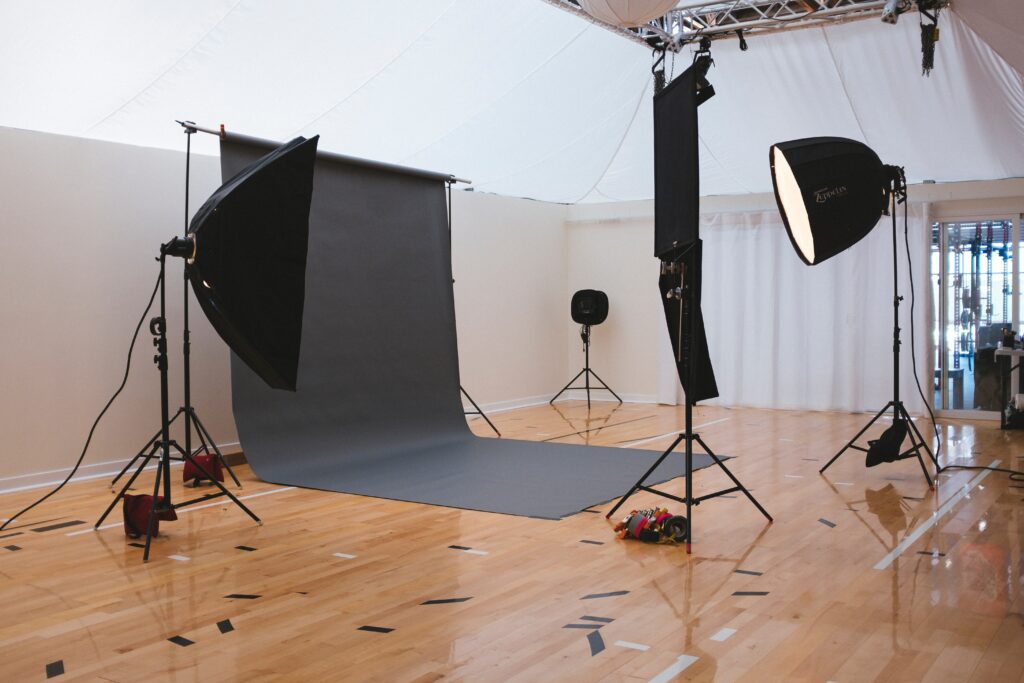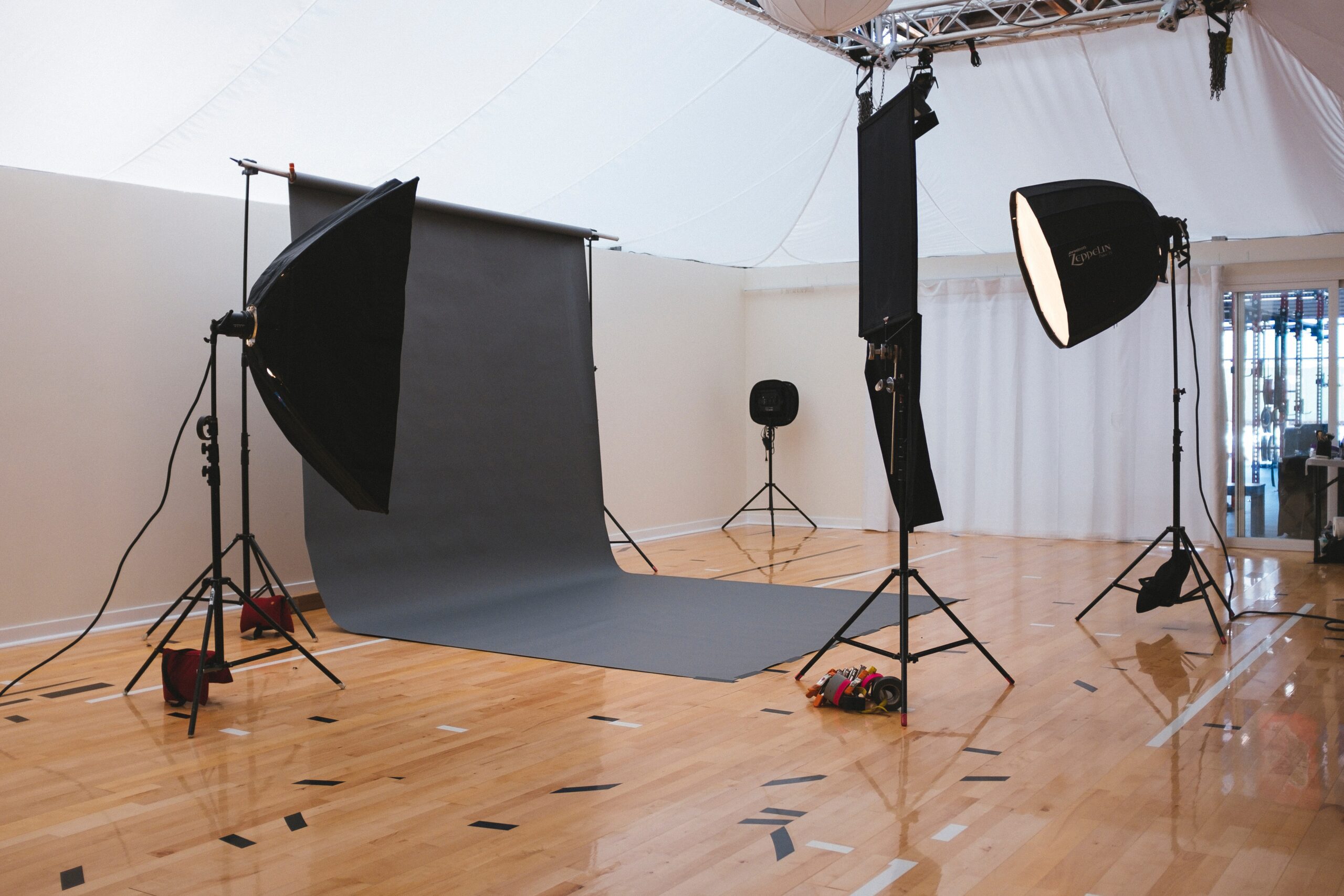If you are passionate about photography and enjoy taking pictures, starting a photo studio business might be a great way to turn your hobby into a source of income. However, it is important to recognize that there is much more to running a successful photo studio than simply owning a nice camera and some equipment.
In this step-by-step guide, we will provide some fundamental tips on how to start a photo studio business in Nigeria. While these tips are specific to Nigeria, many of the principles they outline will also apply to other countries and can help you to build a strong foundation for your business.
By following these tips and putting in the necessary effort, you can turn your passion for photography into a profitable and rewarding enterprise.

Here are the steps by step guide to starting a professional photography business in Nigeria:
STEP 1: GET PROPER TRAINING
If you are planning to finance the building and maintenance of a photo studio for someone else to manage, it is important to ensure that they have the necessary expertise in this field. However, if you are planning to manage the studio yourself, it is highly recommended that you first obtain basic training in photography. This will help you to understand the technical aspects of taking good photos and will give you a solid foundation upon which to build your business.
In addition to this, it is also important to master the use of Photoshop, as this will allow you to edit and enhance your photos to a professional standard. This combination of photography skills and Photoshop expertise will help to ensure the success of your photo studio.
STEP 2: LEARN TO SHOOT IN MANUAL MODE
In order to become a proficient photographer, it is essential that you understand how to manipulate light in your images. One of the best ways to do this is by shooting in manual mode, which allows you to exercise complete creative control over each frame and tailor the exposure to your specific needs. While shooting in manual mode may seem intimidating at first, it is actually a very powerful tool that allows you to capture exactly the image that you want.
Additionally, shooting in manual mode can be particularly useful in dealing with challenging lighting situations that the auto mode may not be able to handle effectively. To be successful when shooting in manual mode, it is important to have a good understanding of what is happening inside your camera and how the various settings affect the final image.
By developing this understanding, you will be able to produce high-quality photos that accurately capture the light and mood of your subject.
STEP 3: BUY PHOTOGRAPHY EQUIPMENT
As you start building your new photography studio, it is important to remember that your equipment will be a significant long-term investment. To ensure that you are able to produce high-quality images for your clients, it is essential to invest in the best equipment that you can afford. This will likely include a digital camera, a laptop, and photo editing software, as these will be the tools you use to capture and process your images.
In addition to these core pieces of equipment, it is also advisable to invest in some additional items that will help you to get the most out of your camera and keep it running smoothly. Some of the items you may want to consider include extra batteries, prime lenses, an external flash, SD memory cards, and cleaning kits. By investing in a good selection of equipment, you will be well-equipped to tackle a wide range of photography projects and provide your clients with the professional-grade images they expect.
STEP 4: GET A GOOD LOCATION
Once you have completed your photography training, purchased the necessary equipment, and gained a strong understanding of the field, the next step in starting a photo studio business is to find a suitable location for your studio. There are several factors to consider when choosing a location for your studio, and it is important to carefully evaluate each of these in order to find a space that will support the success of your business. One key factor to consider is accessibility.
A photographic studio cannot be established in a remote or hard-to-reach location, as this will make it difficult for your clients to access your services. Instead, you should look for a location that is easily accessible and conveniently located for your target audience.
To determine the optimal location for your studio, it is important to first identify who your target audience is and where they are likely to be found. By understanding the needs and preferences of your potential clients, you can choose a location that will be attractive and convenient for them, helping to drive business and support the growth of your studio.
STEP 5: HAVE AN IMPRESSIVE PHOTOGRAPHY PORTFOLIO
As a photographer, it is important to invest in a good photography portfolio that showcases your work and helps to promote your art or business. In today’s digital age, a comprehensive and visually stunning portfolio can be an invaluable asset, as it allows you to reach a wide audience and generate interest in your work. Rather than relying on a traditional photo book, many photographers are now creating online photography websites that can be accessed on a variety of devices, including tablets, smartphones, and laptops. This approach allows you to present your work in an interactive and engaging way, and can be an effective way to attract potential clients and showcase your skills and style. Whether you choose to create a physical portfolio or an online website, having a well-organized and visually appealing collection of your work is essential for any photographer who wants to succeed in the industry.
STEP 6: HAVE A BUSINESS STRATEGY PLAN IN MIND
Creating a business plan is a crucial step in the process of starting a photography business. A business plan serves as a roadmap that outlines your goals and objectives, as well as the strategies and tactics you will use to achieve them. It can help you to identify potential challenges and opportunities, and to develop a clear and actionable plan for success.
To create a business plan, you can start by searching Google for templates and examples that are specifically designed for a photography business. There are many resources available online that can help you to get started, and you can choose a template that works for you and tailor it to your specific needs.
As you fill out the template and develop your plan, keep in mind that it is important to be realistic and to set achievable goals. Your business plan will evolve over time as you gain experience and learn more about what is and isn’t possible, so be sure to revisit it regularly and make updates as needed.
STEP 7: REGISTER YOUR BUSINESS WITH CAC OR TRADE UNION
In Nigeria, every business must be registered as a Business Name (BN) or a Private Limited Company (LTD) in order to operate legally. This process is administered by the Corporate Affairs Commission (CAC), which is the government agency responsible for registering new businesses in the country. Even if you plan to run your business from home, it is important to register your company with the CAC in order to protect your rights and interests and to ensure that you are operating in compliance with the law.
Registering your business also has a number of practical benefits, such as allowing you to open a bank account for your business, file tax reports, and access other resources and support that may be available to registered companies.
To register your business in Nigeria, you will need to follow the guidelines and procedures established by the CAC and provide the necessary documentation and information. By taking the time to properly register your business, you can set the foundation for a successful and sustainable enterprise.
STEP 8: DIGITAL MARKETING PLAN MINDSET
In order to sell your services as a photographer, it is important to understand the principles of digital marketing and social media management, as these tools can be powerful channels for promoting your business and reaching new clients. If you find that you don’t have the time or expertise to manage these tasks yourself, you may want to consider investing in a monthly contract with a digital marketing agency.
This can be a cost-effective way to ensure that your marketing efforts are effective and well-coordinated. In addition to using digital marketing tools, it is also important to spread the word about your business through your personal and professional networks. Attend events that are attended by your target demographic, such as weddings and other social occasions, and use these opportunities to promote your company and showcase your skills. By focusing on marketing and building your brand, you can increase the visibility and success of your photography business.
STEP 9: GROW YOUR CLIENT RELATIONSHIPS
Developing long-term client relationships is an essential element of success in the photography business. It can be challenging to find your first few clients, but as you begin to establish your reputation and build your portfolio, you will likely find that more and more people are interested in hiring you for photographic jobs.
As your client base grows, it will become increasingly important to have a system in place for keeping track of all your clients and managing your workload effectively. Without an organized system, it can be difficult to keep track of who you have worked with, what projects you have completed, and what you need to do next.
There are many different tools and techniques you can use to manage your client relationships, such as using a customer relationship management (CRM) software or simply maintaining a detailed spreadsheet or calendar. By putting a system in place and staying organized, you can ensure that you are able to deliver high-quality services to all of your clients and build strong, lasting relationships.
In conclusion, Even after your photography business is up and running, it is important to continue to focus on developing and maintaining strong relationships with your clients and corporate buyers. These connections are vital to the success of your business, and it is essential to invest time and effort in cultivating them over the long term. One way to do this is by networking with other photographers and industry professionals. This can be a great way to get recommendations for new clients, learn valuable trade secrets, and perhaps even find a mentor who can help you get started and provide guidance as you build your business. By building a strong network of contacts and staying connected with the industry, you can increase your visibility and credibility as a photographer and set the stage for long-term success.
Kindly comment below, share your thoughts with us and you can also visit our forum . You can also follow us on facebook to join our Facebook community.




